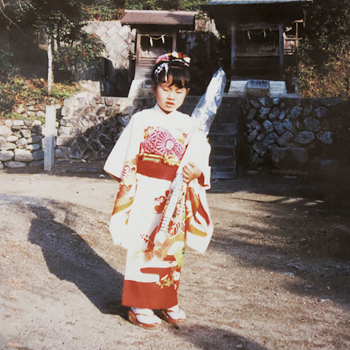Ayumi Tanaka is a Japanese-born artist, living and working in New York City. Tanaka has been working on photography project by using found images from private snapshot and the Internet to explore theme of memories. She received a BFA from Osaka University of Arts in Japan in 2003 and studied at International Center of Photography in 2010.
Her work has been shown internationally at exhibitions including United Photo Industries Gallery in New York, Tokyo Institute of Photography in Tokyo Japan, 25 CPW Gallery in New York, Pictura Gallery, Dumbo Arts Festival 2011, LOOK3 festival of the Photographs 2012 and Athens Photo Festival 2015. Tanaka's work recently included in "Universal Nature Rediscovery of Kalevala" at Sezon Arts Gallery in Tokyo (supported by Embassy of Finland and Finish Institute of Japan and Kalevala Institute) and "Photography Now 2017" at The Center for Photography at Woodstock selected by William Ewing. Her work has been published numerous magazine including at New York Times, Blow Photo, PHat Photo, Lettre International, LensCulture, GUP Magazine, Feature Shoot and Juxtapose Magazine. Tanaka has been received International Center of Photography Director Fellowship in 2010, Grand prix at Tokyo International Photography Competition 2013 (Tokyo, New York), Photolucida Critical Mass Top 50, Feature Shoot Emerging Photography Award 2014, PDN's 30 New and Emerging Photographer to watch 2016 and New York Art Foundation Fellowship 2016.
